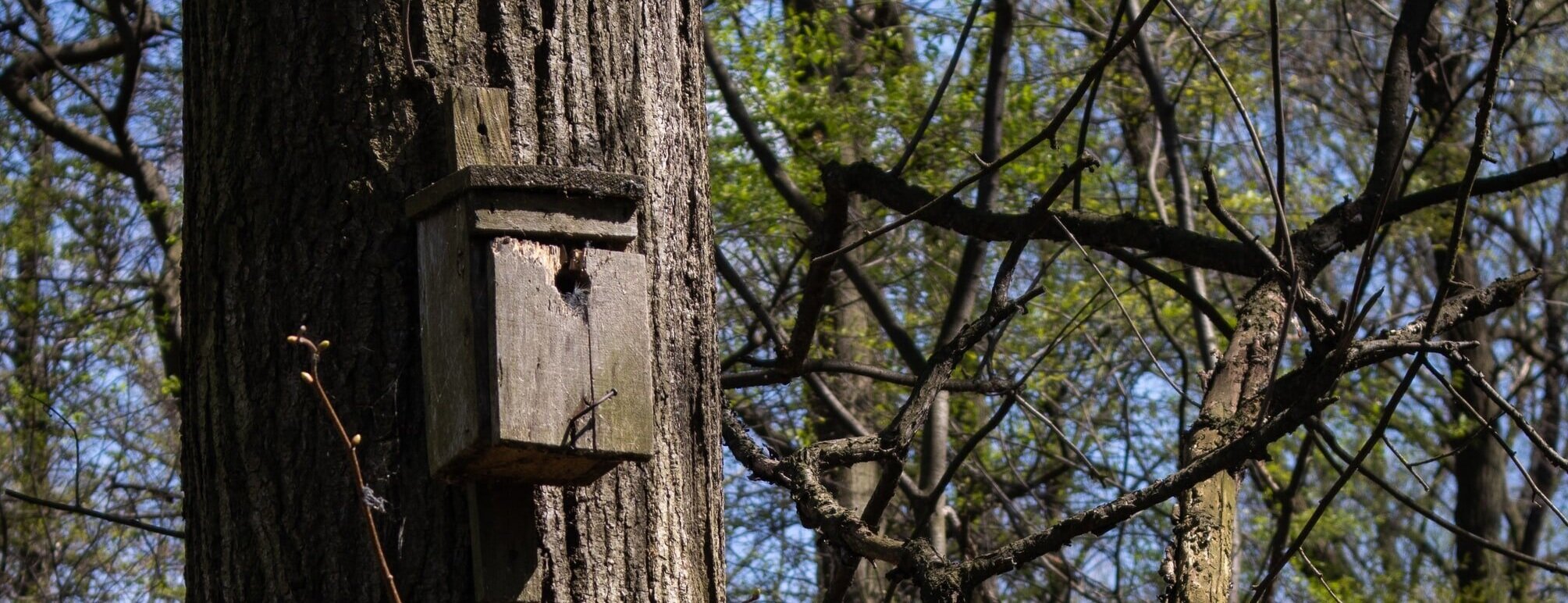As we here at PlantingSeeds know, the Biodiversity of the planet is under an alarming threat with the current increase in urbanisation. Just as a reminder, pollinators provide a vital service to the ecosystem by assisting in the reproduction of the majority of flowering plants in the world.
Specifically, over 87% of flowering plant species are pollinated by animals. Insects, birds and mammals represent the main pollinators in nature, with insects being the primary pollinators, in particular bees. Unfortunately, substantial declines in the abundance of several species belonging to these major pollinator groups have been widely documented and the loss of these pollinators is likely to have serious consequences for general biodiversity, crop productivity and food security.
Animal pollinators have many requirements for completing their life cycle. They strongly depend on “partial habitat” made of two basic components: nesting sites and foraging resources (food). Both components vary according to the species-specific necessities and are essential in completing the pollinator’s life cycle.
When planning habitat creation in your own outdoor spaces, these are important factors to keep in mind.
Foraging resources
Some pollinators are specialists, meaning they only visit one or very few plant types. Other pollinators are generalists meaning that they visit a whole array of plant species. Therefore, a great way to enhance pollinator diversity is by establishing an assortment of flower-rich habitat all year round which increases the availability of pollen and nectar resources. Try to have several species flowering at any time and provide different colours (blue, purple, violet and yellow for bees, red for birds and white for bats) and shapes (tubular vs open corolla).
Nesting habitat
Some pollinators rely on nesting habitat for their reproductive cycle. With the exception of social bees, most bee species will either be ground nesting or cavity nesting and there are many ways to provide adequate nesting sites for them in your area. For example, leaving gaps of bare soil in your garden can serve as a proxy for ground nesting bees.
Another way is by setting up bee or insect hotel for the solitary cavity nesting bees. A good bee/insect hotel consists of a small cluster of nesting materials embedded in a stable position. In order to avoid parasites, the bee hotels should be small and scattered around. Some examples of nesting material include pithy sticks, wooden blocks with holes, mud bricks and cardboard tubes. Many can be made from recycled materials and be sure to look at plans from reputable scientific sources as many on the market do not meet the requirements of the animals you’re hoping to help.
Contrastingly, social bees, birds and mammals rely on larger tree hollows for rest and nest sites (sugarbag bees, parrots, possums, etc.). A great way to provide supplementary habitat is by constructing and setting nesting boxes. These are useful in urbanised areas, where older big trees might be scarce. You can find plans for these online to make yourself or buy ready-made boxes.
It is important also to keep in mind that nesting sites and planting flowers will not always have a positive effect on the native populations. It is important to inform yourselves in detail and look for each species’ necessities regarding foraging and nesting materials. Specifically, the composition needs to be adapted to the target species as well as your city and region of the world. If this is not done carefully, you might only attract wild parasites or invasive species.
For some more information and ideas on creating habitat for pollinators, head to our B&B Highway pages and always feel free to get in touch through our contact us page.

